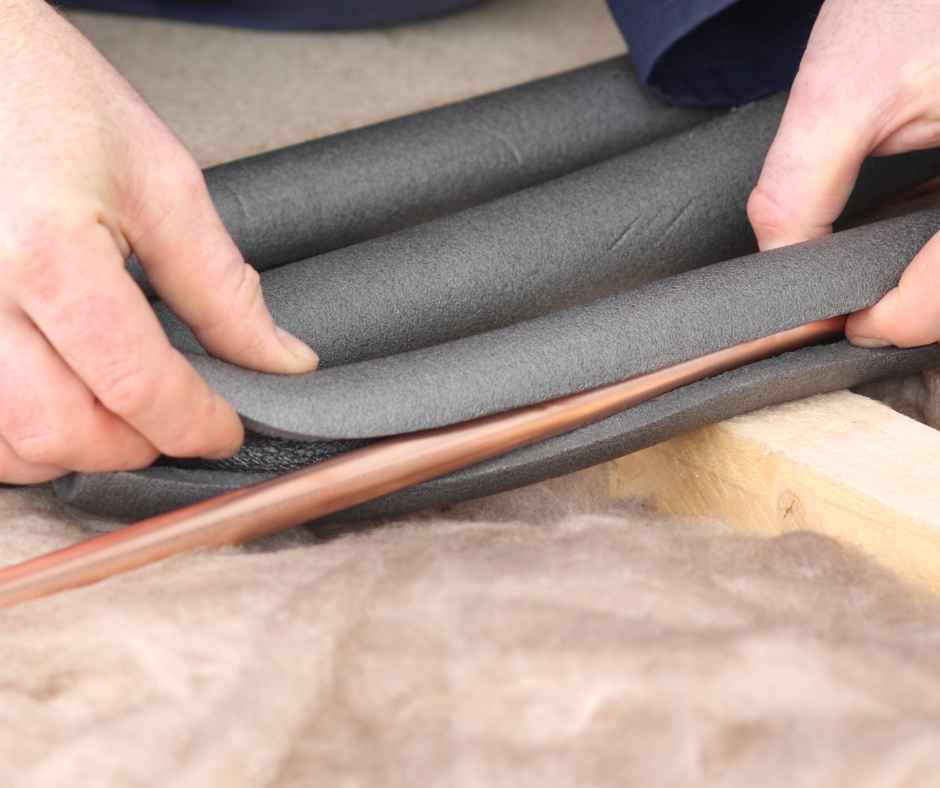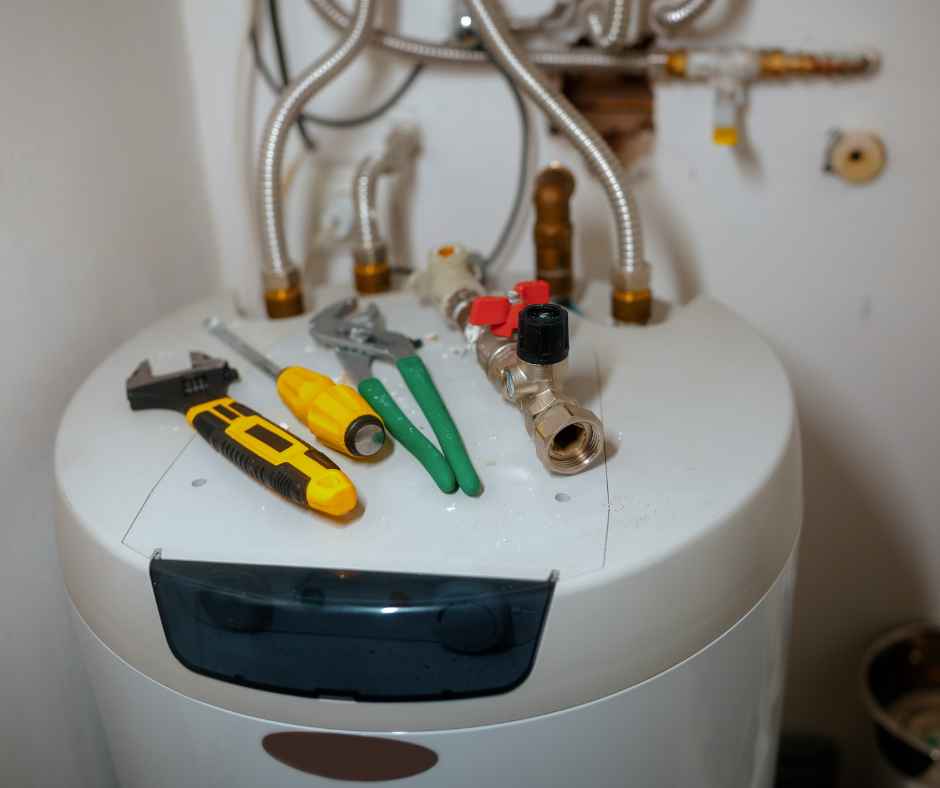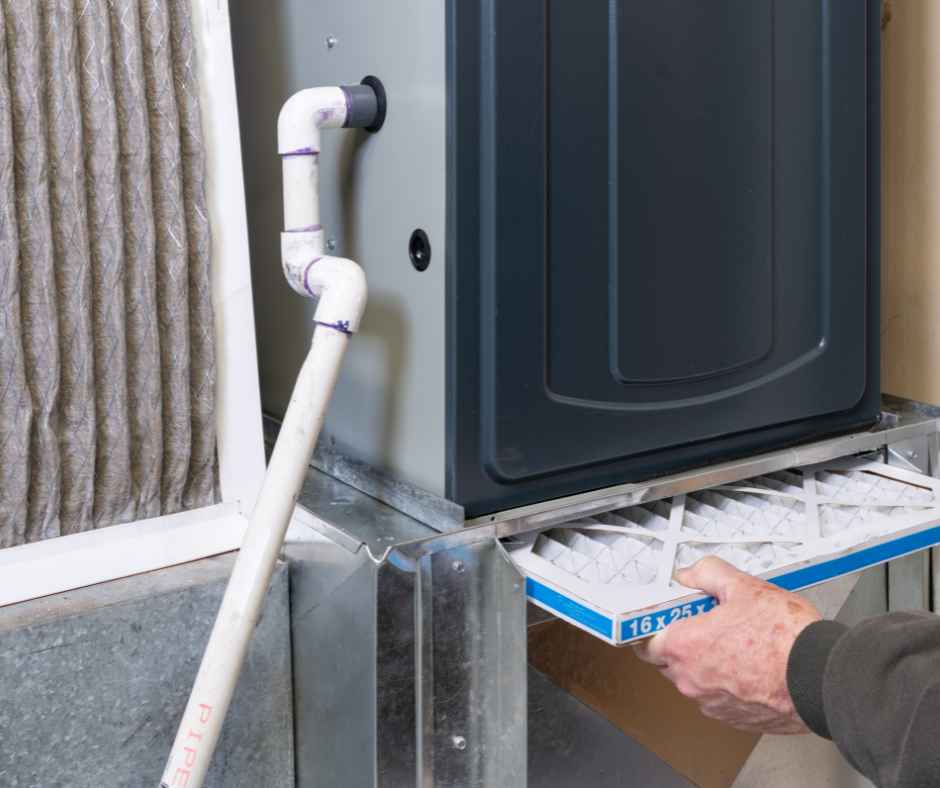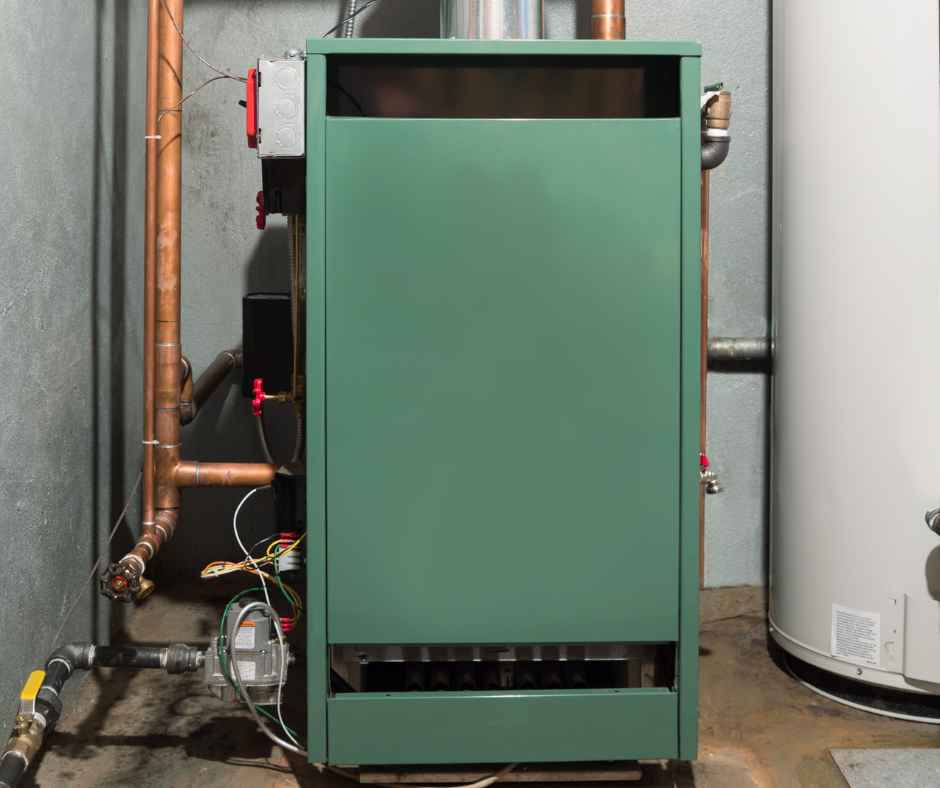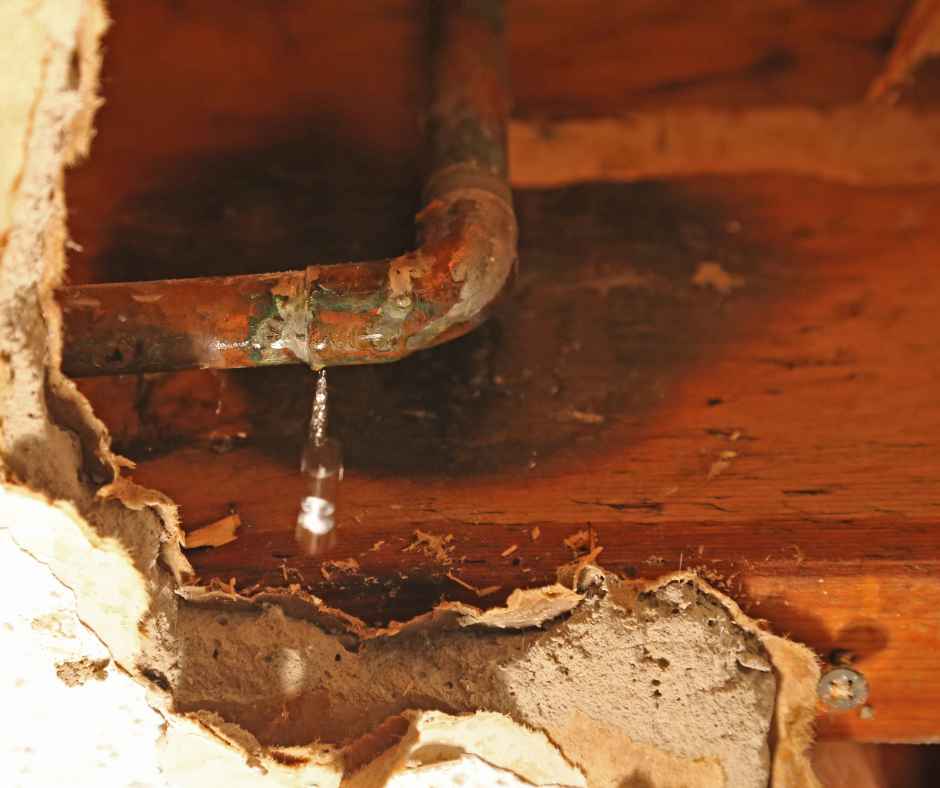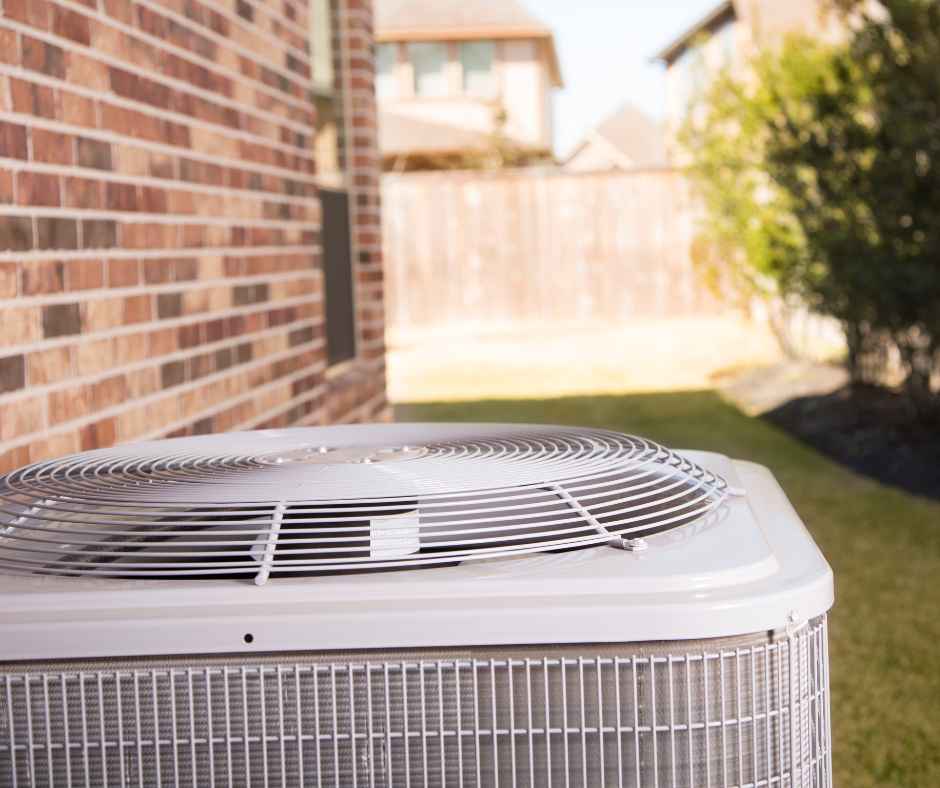Serving central Maryland & eastern shore
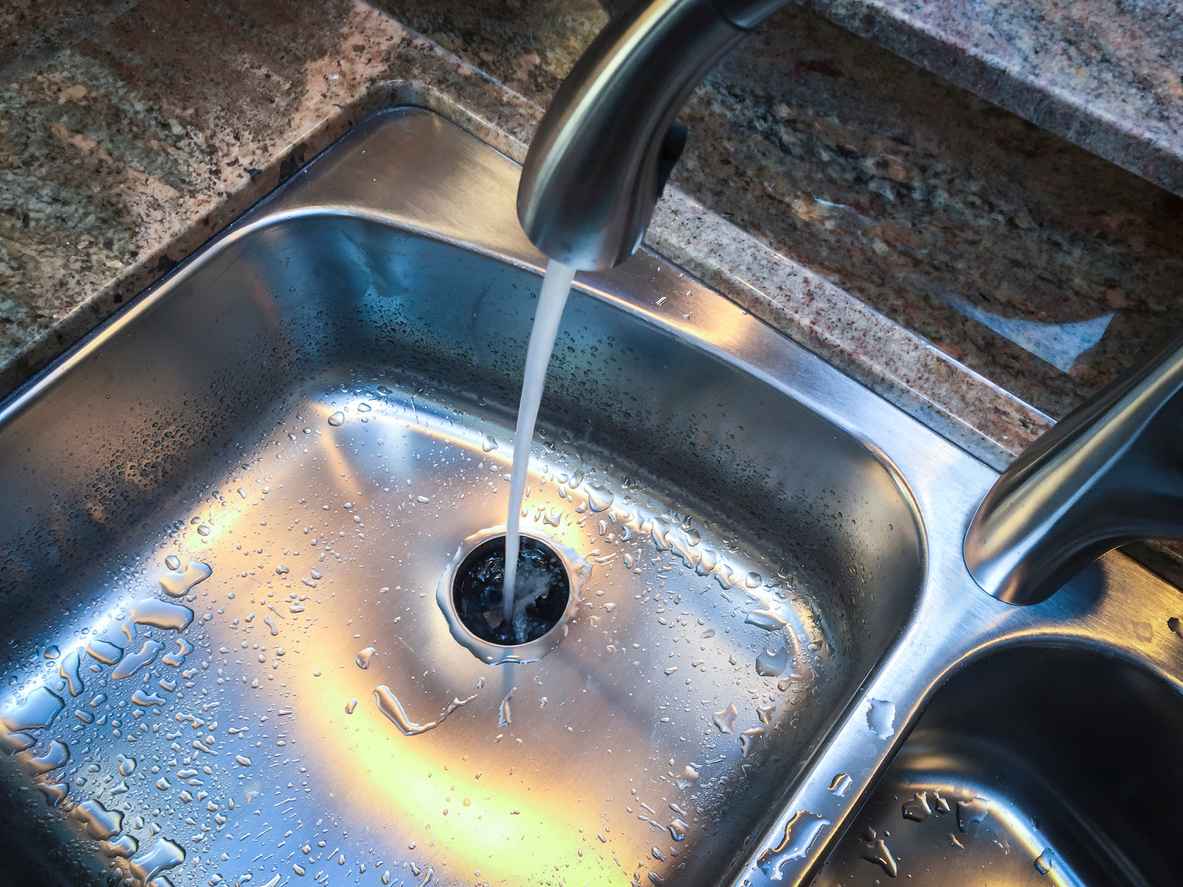
How to Clean a Kitchen Sink Drain
The kitchen is often referred to as the heart of the home, where delicious meals are prepared, and family gatherings take place. But, hidden beneath the gleaming countertops and polished fixtures, there’s a vital component that often goes unnoticed until it causes trouble – the kitchen sink drain. A clogged or smelly kitchen sink drain can quickly turn a pleasant cooking experience into a frustrating chore. That’s why learning how to clean a kitchen sink drain is an essential skill for every homeowner.
Whether you’re dealing with a stubborn clog or simply want to keep your kitchen smelling fresh and inviting, Staton Heating, Cooling & Plumbing will share techniques to conquer the kitchen sink drain cleaning challenge. Say goodbye to unpleasant odors and backed-up water, and say hello to a sparkling, trouble-free sink that will make your kitchen truly shine.
Signs Your Kitchen Sink Drain Needs to be Cleaned
Your kitchen sink drain is a workhorse that silently processes countless food scraps, grease, and debris on a daily basis. However, over time, it can become a breeding ground for odors, clogs, and plumbing issues. To prevent these problems from escalating, it’s essential to recognize the signs that your kitchen sink drain needs a thorough cleaning. Here are some telltale indicators that it’s time to roll up your sleeves and give your kitchen sink drain the attention it deserves:
- Slow Drainage: One of the most common signs is slow drainage. If you notice water taking longer to empty from the sink, it’s likely due to a partial blockage in the drainpipe.
- Unpleasant Odors: Foul or sewer-like odors wafting up from your sink are a clear sign of accumulated food residue and grease within the drain. These odors can make your kitchen an unpleasant place to be.
- Gurgling Sounds: When you hear strange gurgling noises as the water drains, it may indicate air bubbles trapped in the pipe due to clogs. This can also lead to slow drainage.
- Water Backing Up: If water starts to back up into the sink or even into adjacent sinks, it’s a sign of a significant clog that needs immediate attention.
- Fruit Flies or Drain Flies: These tiny insects are attracted to the decaying organic matter in your drain. If you see an increase in their presence, it’s time to clean your drain.
- Residue Build-Up: Examine the inside of your sink and drain; if you notice a slimy or greasy residue, it’s a clear indication of build-up that needs removal.
- Recurring Clogs: If you’ve experienced multiple clogs in a short period, it’s a sign that debris is accumulating in the drain, and regular cleaning is necessary to prevent further blockages.
Recognizing these signs is crucial for maintaining a clean and fully functional kitchen sink. Regular cleaning and maintenance can help you avoid costly repairs and keep your kitchen sink drain in optimal condition.
Tips for Cleaning Your Kitchen Sink Drain
Cleaning your kitchen sink drain is a relatively simple process that can help prevent clogs, eliminate odors, and maintain a hygienic kitchen environment. Here’s a step-by-step guide on how to clean your kitchen sink drain:
Step 1: Clear the Sink
Start by removing any dishes, debris, or food particles from the sink. Ensure that the sink is empty and clean to access the drain more easily.
Step 2: Create a Baking Soda and Vinegar Solution
Pour about 1/2 cup of baking soda into the drain. Follow it with 1/2 cup of vinegar. You’ll notice a fizzing reaction, which helps break down and dislodge gunk and residue in the drain. Allow it to sit for 5-10 minutes.
Step 3: Boil Water
While the baking soda and vinegar mixture is working its magic, boil a kettle of water. You’ll use this hot water to flush the drain.
Step 4: Flush with Boiling Water
Carefully pour the boiling water down the drain to help wash away the loosened debris and any remaining residue. Be cautious when handling boiling water, and pour it slowly to avoid splashing.
Step 5: Scrub the Drain
Use a scrub brush or an old toothbrush to scrub the inside of the drain. This will help remove any stubborn residue and ensure that the drain is clean. Be thorough and reach as far down the drain as possible.
Step 6: Rinse and Repeat (if necessary)
After scrubbing, run hot water down the drain for a few minutes to ensure that all debris is thoroughly flushed out. If your drain was particularly dirty or clogged, you may want to repeat the baking soda and vinegar treatment and scrubbing process.
Step 7: Check for Odors
To eliminate any lingering odors, you can sprinkle a little baking soda in the drain and let it sit for a few hours or overnight before rinsing it away with hot water.
Step 8: Regular Maintenance
To prevent future issues, consider implementing regular maintenance. Pour a pot of boiling water down the drain once a week to help keep it clean and prevent build-up.
Remember to wear rubber gloves while working on your sink for safety and hygiene. By following these steps, you can keep your kitchen sink drain clean and free of clogs and odors, ensuring that it remains in top condition for years to come.
Drain Cleaning Services in Central Maryland
If you’re facing drain issues in Central Maryland, you can count on Staton for reliable and professional drain cleaning services. Our team is dedicated to ensuring your kitchen and plumbing systems remain problem-free. Don’t let clogs or slow drains disrupt your daily routine – reach out to us for a swift and effective solution.


